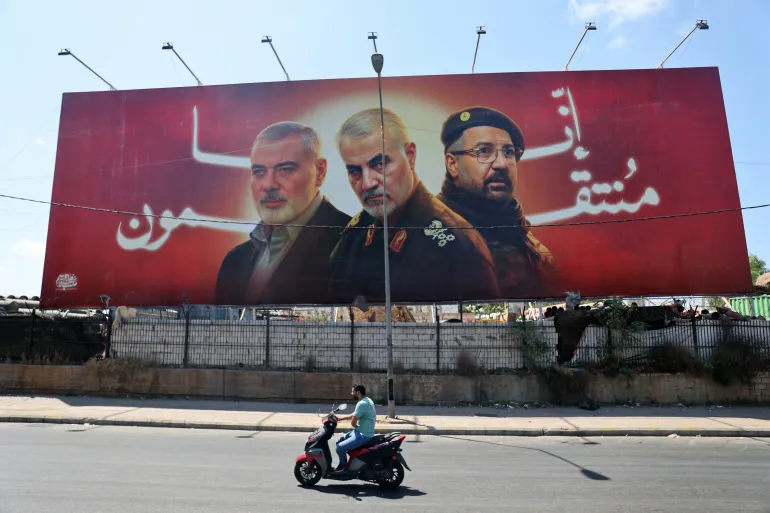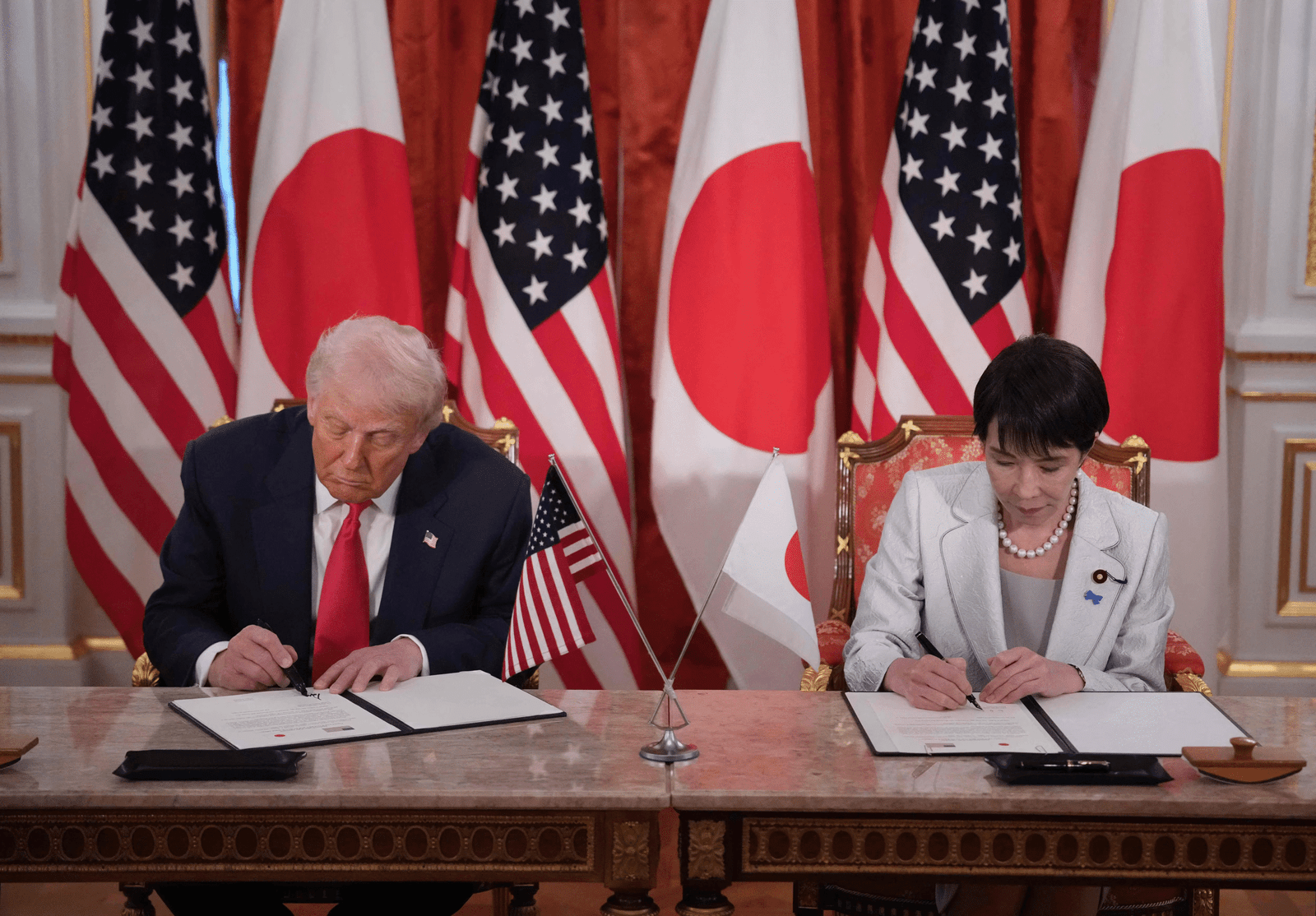Tensions between Hezbollah, Israel, and Iran have once again come to the forefront as reports indicate increased military activity in the region. As of September 29, 2024, intelligence has detected significant movements along the Lebanon-Israel border, sparking concerns that a fresh wave of conflict could soon erupt.
Hezbollah, backed by Iran, remains a critical player in the equation. The militant group has long been a threat to Israel, with its growing arsenal of weapons and missiles posing a serious challenge. As Israel strengthens its defenses, speculation abounds over whether Hezbollah will launch an offensive or hold back and wait for orders from Tehran.
For its part, Iran continues to face international pressure, with its nuclear ambitions drawing significant scrutiny from the West, particularly Israel and the US. Tehran may use Hezbollah to leverage its position without directly engaging in warfare, while Israeli Prime Minister Benjamin Netanyahu has made it clear that preemptive strikes remain a possibility if Iran crosses any red lines.
The United States and the United Kingdom are closely monitoring the situation, preparing for potential diplomatic interventions to prevent further escalation. With the region at a critical juncture, the next steps taken by these key players could define the future of the Middle East.











